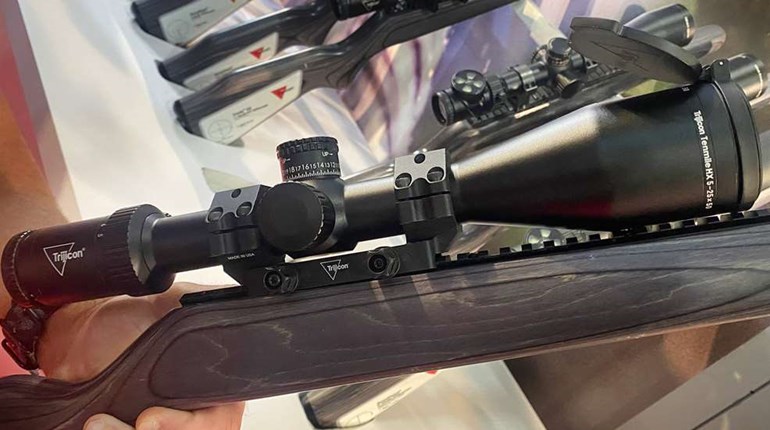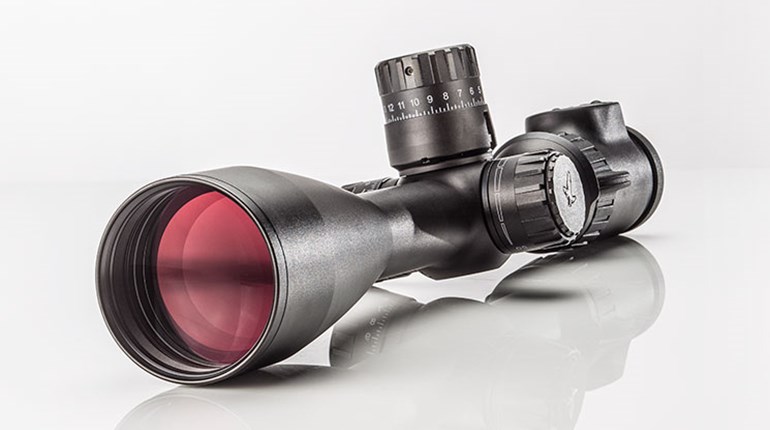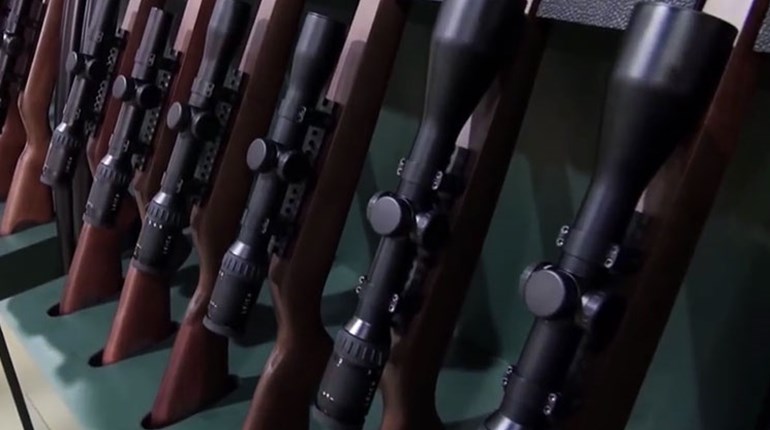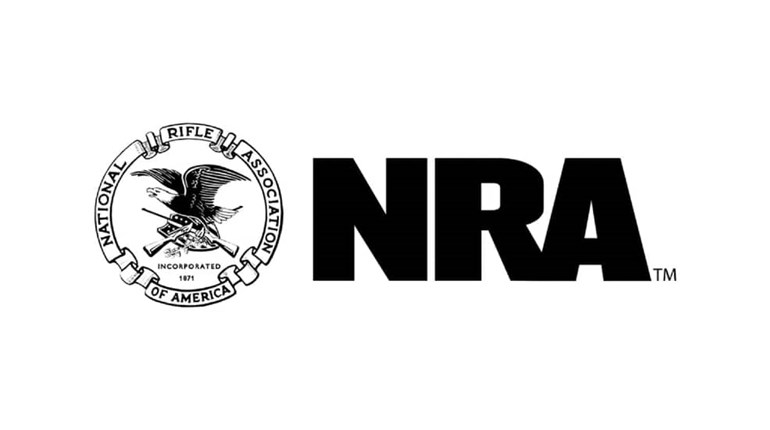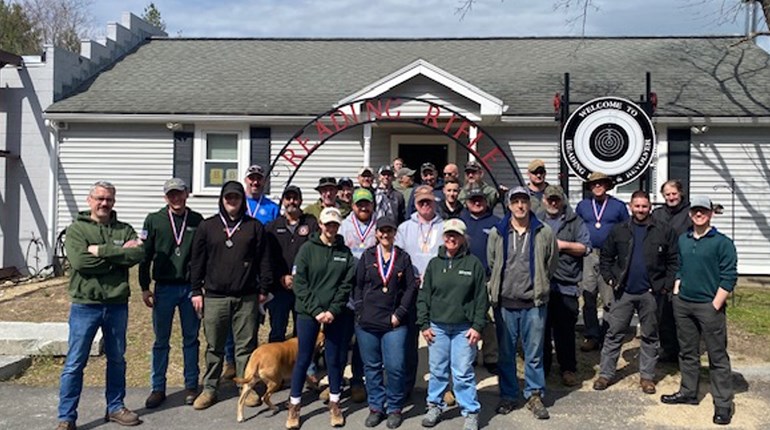
Names and Numbers
Riflescopes are typically labeled by a series of numbers that provide a basic description of the lens system and magnification. The first number(s) are the power, or magnification of the scope lens system. A single number denotes that the scope is a fixed-power model, while two-number sets separated by a dash denote the magnification boundaries of a variable-power scope. For example, a fixed-power scope may be described as being 2.5X or 2.5 power, while a variable may be described as being 2.5-10X.
A second number after the magnification number set is the objective lens diameter expressed in millimeters. Thus a 2.5X-34mm is a fixed-power scope with a magnification of 2.5X and a 34mm objective lens diameter. A 2.5-10X-44mm is a 2.5- to 10-power variable scope equipped with a 44mm-diameter objective lens.
Most scope makers append a suffix of letters or words after the numerical description to describe additional features such as LER (long eye relief), AO (adjustable objective), IR (illuminated reticle) or PLEX (a reticle configuration). Scope makers may also append a word denoting the intended use of a particular scope, such as "varmint," "handgun silhouette" or "benchrest."
Parts of a riflescope
Optical sights used on rifles, handguns and shotguns all share similar design and construction features. The scope body, or tube, is essentially a place for mounting various lens elements and other devices in proper relation to one another. A typical riflescope consists of the following parts: 
Main tube body: The main body of the scope is typically made of alloys of aircraft aluminum, steel or titanium. The main tube is normally formed from a single extrusion with the bell housings formed in a secondary operation. However, some tubes and bell housings are machined. Tube diameters range from 19mm/.075 inches to 34mm/1.33 inches with 25.4mm/1 inch and 30mm/1.18-inch diameters being the two most popular sizes. In general, the larger main tubes are stiffer, pass more light and offer greater ranges of windage and elevation adjustment.
Objective lens: The front lens is called the objective lens. It is mounted securely in the objective bell or front of the scope tube that is normally expanded to a larger diameter than the main tube. Objective lens diameters may vary from 20mm to 72mm with 32 to 40mm being most common. Larger-diameter objective lenses gather more light and that can be advantageous at dusk, dawn or conditions of poor visibility. Some objective lens bells are adjustable for parallax.
Ocular lens: At the rear of the main tube in the rear bell housing is a second lens called the ocular lens. The ocular housing is threaded onto the main tube to allow focusing and normally has a lock ring to maintain the focus setting.
Magnification adjustment ring: On the rear of the main tube of a variable-power scope is the magnification adjustment ring. Turning the ring clockwise increases the magnification, while counter-clockwise rotation decreases magnification. Note the field of view decreases as the magnification increases.
Turrets: A typical riflescope has two turrets in a housing on the main tube between the bell housings. Inside the housing under the turrets are a number of key elements:
- an erector lens system that puts the image right-side up
- a reticle (crosshair) for aiming
- windage and elevation adjustment mechanisms
- reticle illumination devices (some models only)
- rangefinding devices (on scopes so equipped)













